Blog
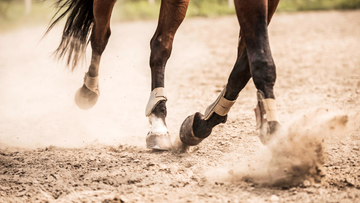
equine health
Horse Leg Anatomy 101
Are you a new horse owner, or are you just looking at having a more...
Read more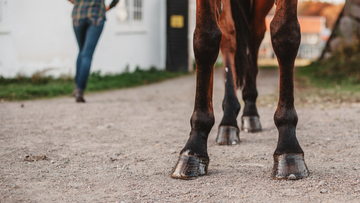
EQUINE HEALTH
Cellulitis in Horses: Causes & Treatment
Does your horse suffer from cellulitis? Cellulitis is a relatively common and frustrating condition affecting...
Read more
Equine Blog
Everyday Habits That Improve Riding
There are several practices riders can incorporate into their daily lives to become stronger in...
Read more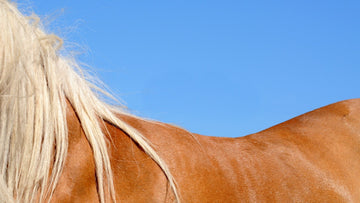
benefab
Top Five Symptoms of Back Soreness in Horses
Horses’ backs quite literally bridge the gap between majestic necks, powerful legs, and swishing tails....
Read more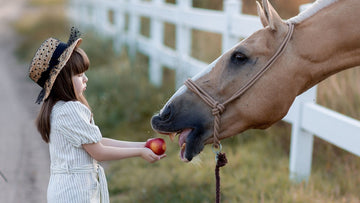
equine health
Tips for Feeding Horses in the Fall
As the change in seasons brings a welcomed drop in temperatures, beautiful foliage, and favorite...
Read more
equine
How Horses See the World: 10 Things to Know
As riders, it’s very easy to assume everything sees the world as we do. From...
Read more
Equine Blog
Beauty’s Haven Rescue Shines a Light in Florida
Somewhere in their heart, everyone has a soft spot for animals experiencing hardship. Beauty’s Haven...
Read more
equine
How to Prevent Lameness in Your Horse
It’s every horse owner’s worst nightmare. The moment you watch your horse trot across the...
Read more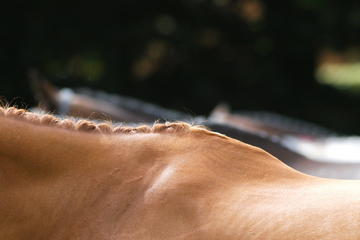
equine health
Shockwave Therapy for Horses
Shockwave therapy is an advanced and growing technology that treats musculoskeletal problems, bone injuries, and soft...
Read more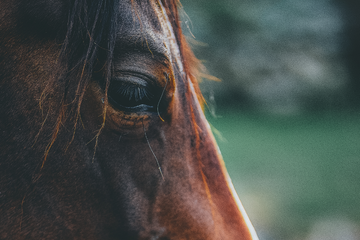
equine health
Equine Allergies
Spring is here and just like us, horses can suffer from allergies too. Allergies are...
Read more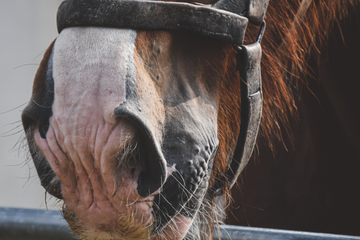
equine health
Natural Mosquito Repellants
As the warmer weather is starting to move in for summertime, so are those pesky...
Read more
Animal Care
Inflamed Joints in Horses
Healthy joint function is essential for all animals including horses. Joint inflammation can come on...
Read more









